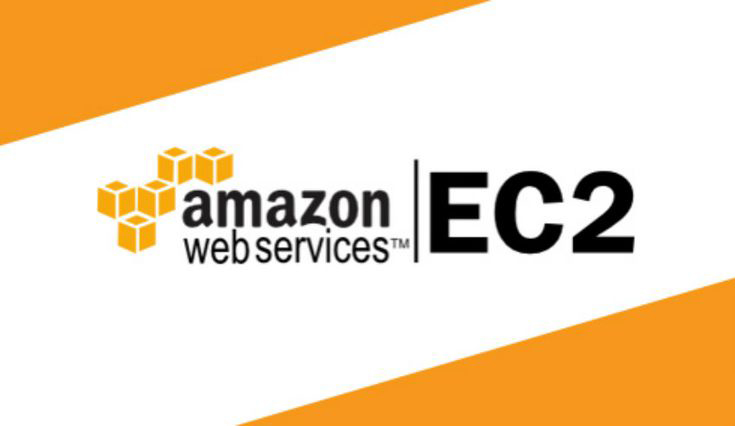Amazon is the market leader in cloud solution and it offers customers a wide range of EC2 instances.
Amazon Elastic Compute Cloud (Amazon EC2) is one of the most widely used services of AWS. This service is used to create and use virtual machines as service.
Most of the time when we require a virtual machine we just for T2 instance type which is meant for the general purpose. But AWS also provides a wide range of EC2 instance types which are meant for specific reasons.
| General Purpose instances | T2 | M5 | M4 | |
| Compute Optimized | C5 | C4 | ||
| Memory Optimized | X1e | X1 | R4 | |
| Accelerated Computing | P3 | P2 | G3 | F1 |
| Storage Optimized | H1 | I3 | D2 |
T2
Use Case: Websites and web applications, development environments, build servers, code repositories, microservices, test and staging environments, and line of business applications.
M5
Use Case: Small and mid-size databases, data processing tasks that require additional memory, caching fleets, and for running backend servers for SAP, Microsoft SharePoint, cluster computing, and other enterprise applications.
M4
Use Case: Small and mid-size databases, data processing tasks that require additional memory, caching fleets, and for running backend servers for SAP, Microsoft SharePoint, cluster computing, and other enterprise applications.
C5
Use Case: High-Performance web servers, scientific modeling, batch processing, distributed analytics, high-performance computing (HPC), machine/deep learning inference, ad serving, highly scalable multiplayer gaming, and video encoding.
C4
Use Case: High performance front-end fleets, web-servers, batch processing, distributed analytics, high performance science and engineering applications, ad serving, MMO gaming, and video-encoding.
X1e
Use Case: High-Performance databases, in-memory databases (e.g. SAP HANA) and memory intensive applications. x1e.32xlarge instance certified by SAP to run next-generation Business Suite S/4HANA, Business Suite on HANA (SoH), Business Warehouse on HANA (BW), and Data Mart Solutions on HANA on the AWS cloud.
X1
Use Case: In-memory databases (e.g. SAP HANA), big data processing engines (e.g. Apache Spark or Presto), high performance computing (HPC). Certified by SAP to run Business Warehouse on HANA (BW), Data Mart Solutions on HANA, Business Suite on HANA (SoH), Business Suite S/4HANA.
R4
Use Case: High-Performance databases, data mining & analysis, in-memory databases, distributed web scale in-memory caches, applications performing real-time processing of unstructured big data, Hadoop/Spark clusters, and other enterprise applications.
P3
Use Case: Machine/Deep learning, high performance computing, computational fluid dynamics, computational finance, seismic analysis, speech recognition, autonomous vehicles, drug discovery.
P2
Use Case: Machine learning, high performance databases, computational fluid dynamics, computational finance, seismic analysis, molecular modeling, genomics, rendering, and other server-side GPU compute workloads.
G3
Use Case: 3D visualizations, graphics-intensive remote workstation, 3D rendering, application streaming, video encoding, and other server-side graphics workloads.
F1
Use Case: Genomics research, financial analytics, real-time video processing, big data search and analysis, and security.
H1
Use Case: MapReduce-based workloads, distributed file systems such as HDFS and MapR-FS, network file systems, log or data processing applications such as Apache Kafka, and big data workload clusters.
I3
Use Case: NoSQL databases (e.g. Cassandra, MongoDB, Redis), in-memory databases (e.g. Aerospike), scale-out transactional databases, data warehousing, Elasticsearch, analytics workloads.
D3
Use Case: Massively Parallel Processing (MPP) data warehousing, MapReduce and Hadoop distributed computing, distributed file systems, network file systems, log or data-processing applications
Mantra Labs is the technical partner with AWS to help our customers of all sizes design, architect, build, migrate, and manage their workloads and applications on AWS.
For more information, please write us at hello@mantralabsglobal.com
Knowledge thats worth delivered in your inbox





